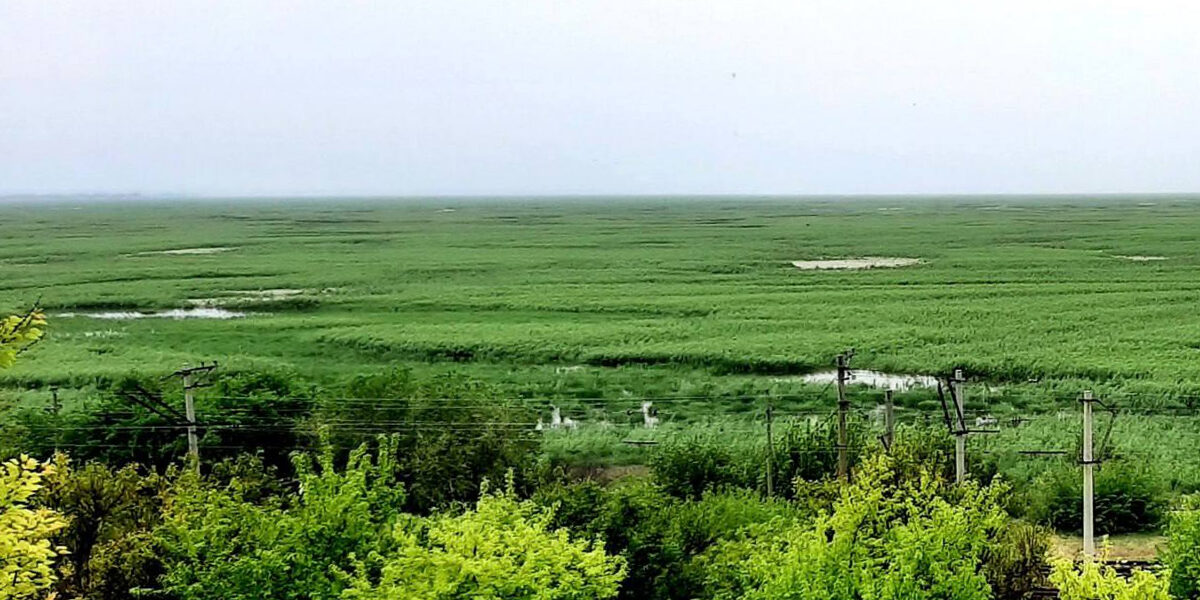The flood of 2024 played an important role in the restoration of a new ecosystem at the bottom of the former reservoir. However, the further recovery of the Dnipro floodplain will not happen by itself because the riverbed of the Dnipro is regulated by a cascade of reservoirs upstream.
Formerly, hundreds of bird species lived on the area which is now called the bottom of the Kakhovka Reservoir. Almost similar number of historical settlements was destroyed and then flooded by the water of the Dnipro (you can learn more about this in the episode “Burial of Nature: Velykyi Luh”). When the Dnipro overflowed during floods, its water brought fertile silt onto an area of two thousand square kilometers.
Satellite images of the bottom exposed after explosion of HPS dam by Russian troops demonstrate how well the complex network of straits, lakes and islands remained. They became the core for the formation of biotopes and the restoration of the ecosystem.
During the expeditions to the bottom of the former reservoir in 2023 and 2024 (watch more in our report “Another expedition to the former Kakhovka Reservoir”) the undergrowth of the willow and poplar higher than human height was found. There is no doubt that the abundant flood of 2024 played an important role in supporting biological productivity and species diversity. However, the further recovery of Dnipro floodplain ecosystem depends on the floods of the next years.
It is necessary to develop and carry out ecological discharges of water from the reservoirs upstream in order not to lose Velykyi Luh (Great Meadow) again. A plan for the restoration of Dnipro floodplain ecosystem is worth developing right now. Our Group is ready to be a mediator of such a dialogue.







